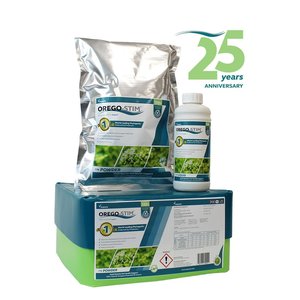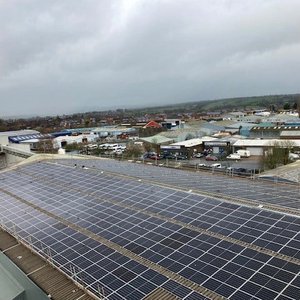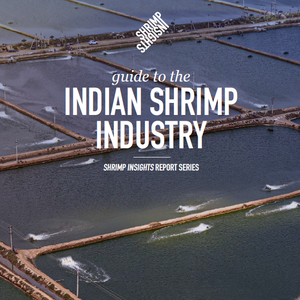Aquaculture specialist Jackson Gross (Karin Higgins/UC Davis)
On a California farm, hundreds of prehistoric-looking fish swim around in 50-foot diameter tanks. These are white sturgeon, the largest freshwater fish in North America. They’ve been around since dinosaurs, can grow more than 7 feet long and lay hundreds of thousands of eggs at a time. The roe of these sturgeon are harvested for a boutique food producer regally named Tsar Nicoulai Caviar.
For all its eco-attentiveness, this farm, and other aquaculture, comes with an environmental downside: fish waste. Until recently, wastewater from the fish tanks on the Tsar Nicoulai farm emptied into a giant man-made pond. The farm was growing and using water hyacinths, a flowering invasive plant, to help remove nitrogen and other elements from the water.
“It’s unfortunate we call it a waste stream because it’s really a nutrient stream,” said Jackson Gross, an aquaculture specialist with UC Davis in the Department of Animal Science. Gross advises the farm on everything from fish reproduction to wastewater management.
Tsar Nicoulai is now using the “nutrient stream” to grow something they can sell: vegetables. They built a 24,000 square-foot greenhouse. Inside, thousands of heads of organic butter lettuce float on foam rafts, their roots dangling through holes into the water. The fish waste in the water helps the plants grow.
Source: UC Davis/Read more and see a video










